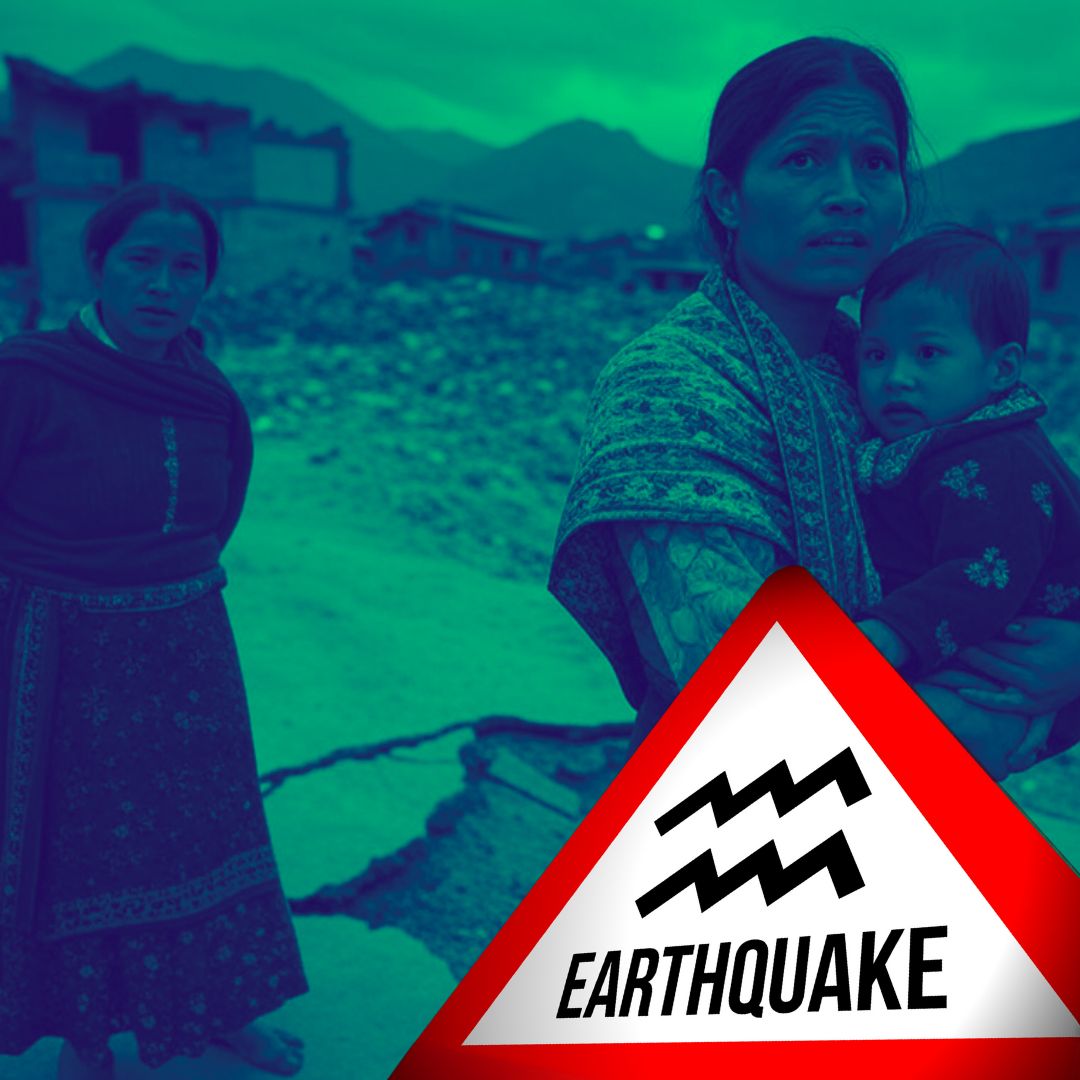On Friday, April 4, 2025, western Nepal experienced a series of earthquakes, including a 5.0-magnitude quake at 7:52 pm IST and back-to-back tremors of magnitudes 5.2 and 5.5 in Jajarkot district at 8:07 pm and 8:10 pm local time, respectively.
The tremors were felt across neighbouring districts and parts of northern India, including Delhi-NCR. Fortunately, no casualties or significant damage have been reported so far, but authorities remain on high alert for aftershocks. The earthquakes have raised concerns about the region’s seismic vulnerability and the need for enhanced disaster preparedness.
Series of Quakes Rattle Nepal and Beyond
The National Earthquake Monitoring Centre confirmed that the twin quakes in Jajarkot had their epicentre in the Paink area, approximately 525 km west of Kathmandu. Earlier that evening, a 5.0-magnitude earthquake struck at a depth of 20 km, as reported by the National Centre for Seismology.
Residents in Jajarkot and nearby districts such as Surkhet and Dailekh described moments of panic as people rushed outdoors for safety. Tremors were also felt across northern India, including Uttar Pradesh and Delhi-NCR.
Lok Bijay Adhikari, a senior geologist, noted that these events underscore Nepal’s vulnerability to seismic activity due to its location along the Himalayan fault line. He emphasized the importance of continuous monitoring and preparedness measures to mitigate potential risks.
Seismic History and Risks
Nepal’s history of devastating earthquakes includes the catastrophic 2015 Gorkha earthquake, which killed nearly 9,000 people and caused widespread destruction. Friday’s quakes serve as a reminder of the region’s susceptibility to tectonic shifts along the Indian-Eurasian plate boundary.
Authorities have urged residents to remain cautious, as aftershocks are likely in the coming days. While no immediate reports of structural damage have emerged, experts stress the importance of preparedness measures in such high-risk zones. The Nepal government has initiated assessments to evaluate potential impacts on infrastructure and is working closely with local communities to ensure safety.
The Logical Indian’s Perspective
These back-to-back earthquakes highlight the urgent need for robust disaster preparedness and resilient infrastructure in seismically active regions like Nepal. While it is fortunate that no lives were lost this time, the psychological toll on communities cannot be overlooked.
As we stand in solidarity with those affected, let us advocate for stronger cross-border collaboration on disaster management strategies. This includes enhancing early warning systems, conducting regular drills, and investing in earthquake-resistant construction. How can governments and communities work together to mitigate risks in earthquake-prone areas? Share your thoughts below!
EQ of M: 5.0, On: 04/04/2025 19:52:53 IST, Lat: 28.83 N, Long: 82.06 E, Depth: 20 Km, Location: Nepal.
— National Center for Seismology (@NCS_Earthquake) April 4, 2025
For more information Download the BhooKamp App https://t.co/5gCOtjcVGs @DrJitendraSingh @OfficeOfDrJS @Ravi_MoES @Dr_Mishra1966 @ndmaindia pic.twitter.com/DxUFnxRvc7












